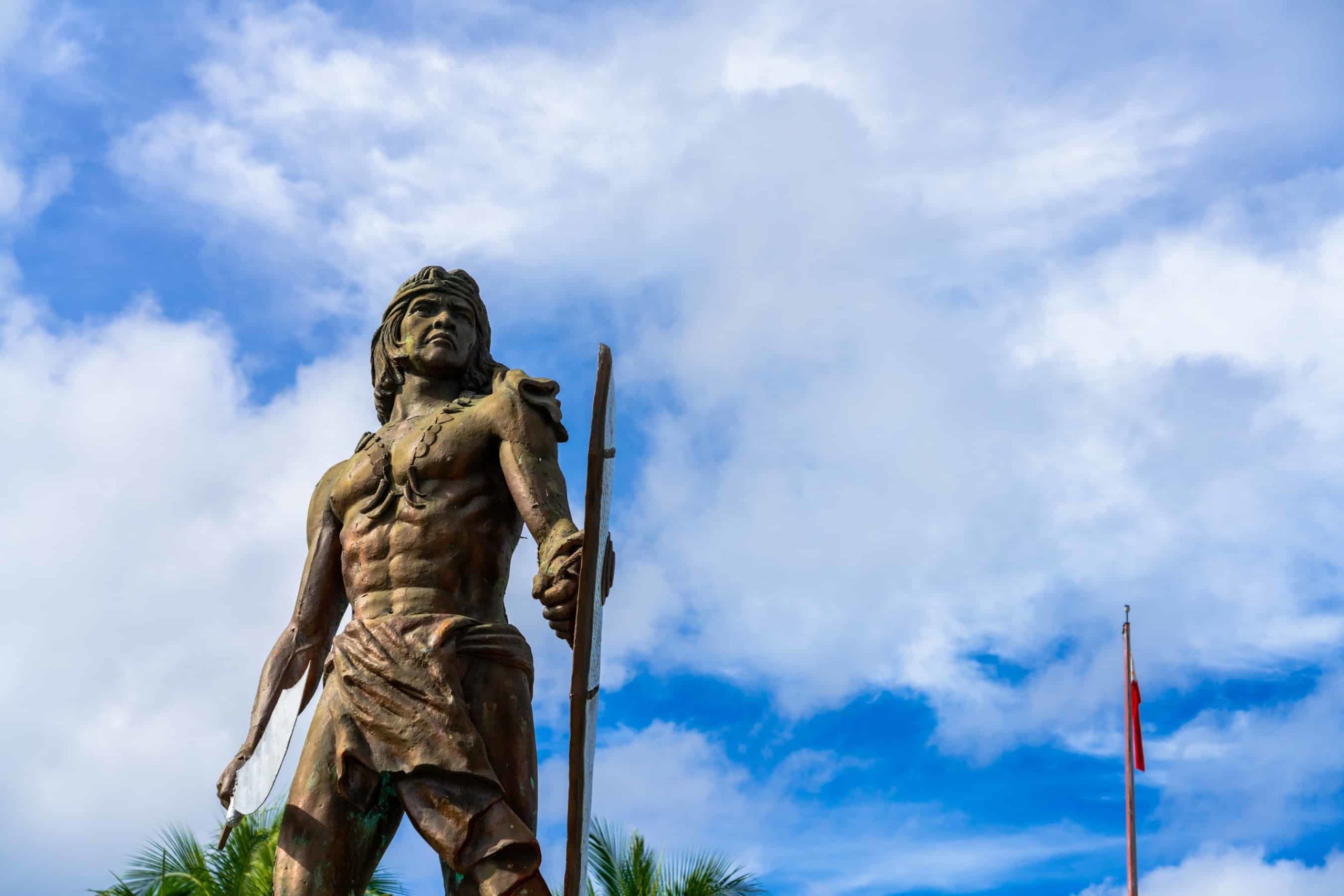1. Magellan’s Cross
“On March 16, 1521, when [the] Philippines was discovered by Magellan…” goes the opening line of a local folk song.
Then on April 21st, Portuguese explorer Ferdinand Magellan – the first person to circumnavigate the Earth – landed in the shores of Cebu together with his fleet of five vessels. The crew was on their way back to Spain after a successful expedition to the Maluku ‘Spice’ Islands, under the instructions of King Charles I of Spain.
To mark his arrival, Magellan planted a cross in the name of his Motherland. He became friends with the chieftain Rajah Humabon and his wife and, on the same site, the rulers were baptized as Carlos and Juana, in honor of the Spanish king and his mother respectively. Soon after, four hundred of Humabon’s followers were introduced into Christianity.
As such, Magellan’s Cross marked the beginning of two things: Spain’s colonization and Christianity in the country. Today, the historical marker is housed in the center of a small chapel and is encased inside a tingalo wood.
The Cross is located conveniently next to the Basilica Minore del Santo Niño de Cebu, the oldest Roman Catholic church in the country. It is home to the image of Señor Santo Niño de Cebu, Magellan’s gift to the couple during their christening.
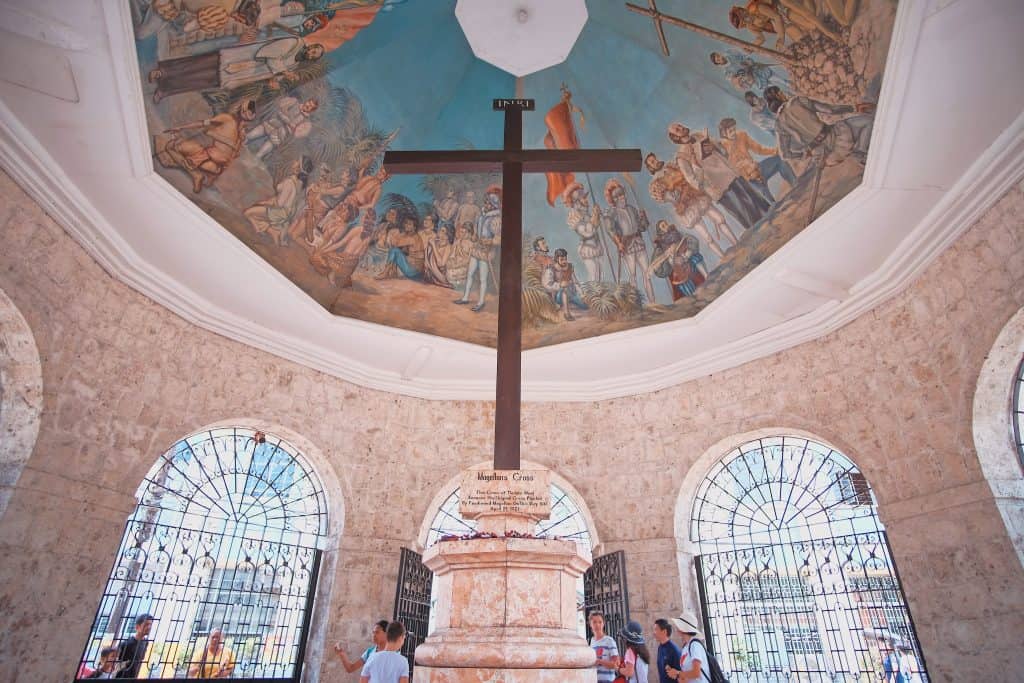
Location: P. Burgos St, Cebu City, Cebu – VIEW MAP
Hours: Daily from 8 a.m. to 6 p.m.
2. Fort San Pedro
Prided as the country’s oldest and smallest fort, Fuerte de San Pedro or more popularly known as Fort San Pedro, is another well-known tourist attraction in Cebu. It was built as a military defense structure under the command of Miguel Lopez de Legazpi, the first governor-general in the Philippines.
Its long and rich history is a true delight for tourists. Among other things, the Fort was once an army garrison, prison camp, school, hospital, and even a zoo! Today, Fort San Pedro is a historical park under the supervision of the local government. To add, part of the Fort was converted into a museum that has Spanish artifacts, paintings, old photographs, and historical documents in it.
After visiting the museum, you can wander around the fort’s triangular shape, where two sides are facing the sea and the other facing the city. While you’re at it, take a snapshot with a real cannon or simply enjoy the magnificent view the roof deck has to offer.
The Fort is a few walks away from Magellan’s Cross. Entrance fee is Php 30 (around USD 0.60) for adults and Php 20 (USD .40) for students
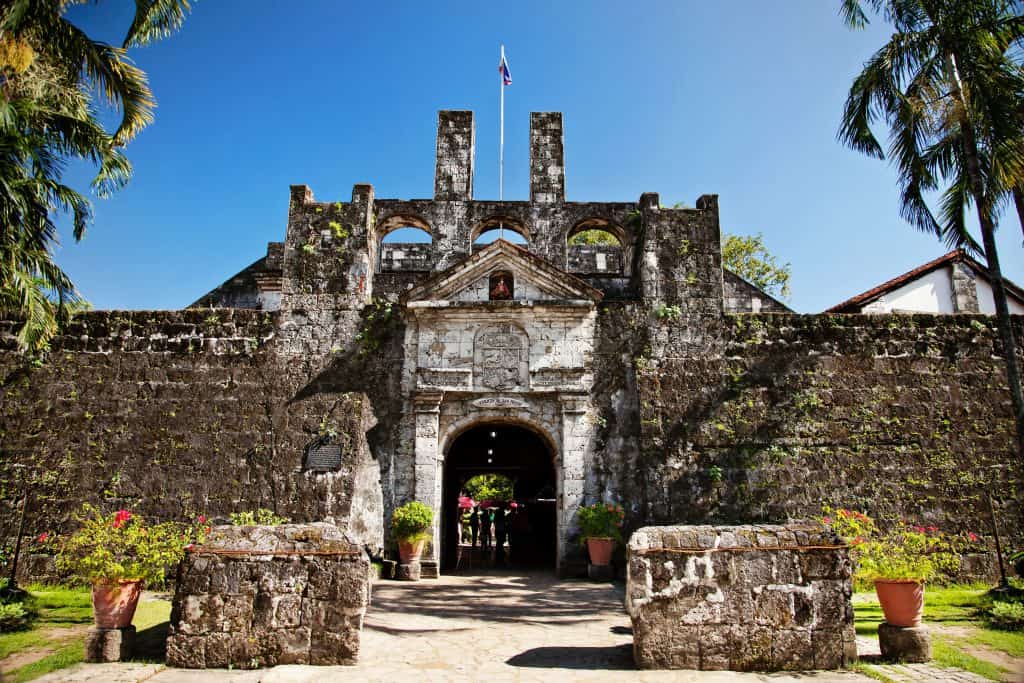
Location: A. Pigafetta Street, Cebu City, 6000 Cebu – VIEW MAP
Hours: Daily from 8 a.m. to 7 p.m.
3. Cebu Heritage Monument
Walking distance from Fort San Pedro is Cebu Heritage Monument. It is an extravagant bronze tableau masterpiece by local artist Eduardo Castrillo and was constructed from July 1997 to December 2000. The work depicts the most historical events of Cebu – starting from the time of Rajah Humabon, the infamous Battle of Mactan, up to the beautification of Cebuano martyr Pedro Calungsod.
The monument is located in the Parian Plaza of Cebu’s Parian District. The Parian has historical merit of its own as the district was built exclusively to house Chinese merchants and their families in Cebu during the Spanish period. To get you excited, visitors can enter the enclosure of the monument for free. But donations are always welcome! While in the district, check out the Jesuit House and the Yap-Sandiego Ancestral House (which happens to be our next stop!)
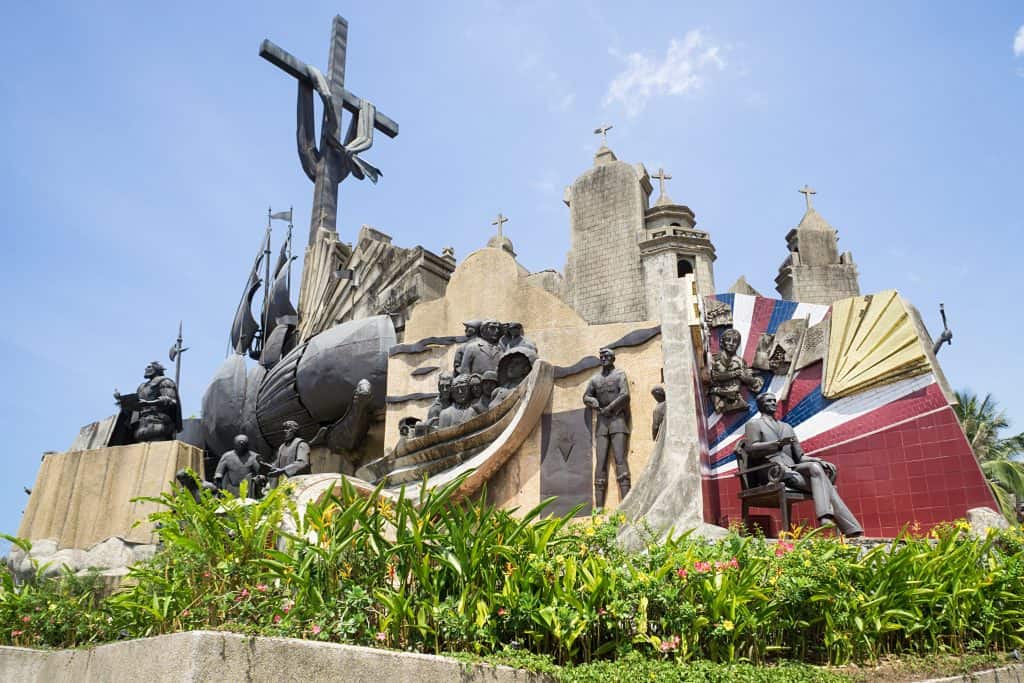
Location: Sikatuna St, Cebu City, Cebu – VIEW MAP
Hours: Daily from 8 a.m. to 5 p.m.
4. Yap-Sandiego Ancestral House
Right across the Heritage Monument is the Yap-Sandiego Ancestral House. It is one of the oldest homes in the Philippines and is believed to be the oldest Chinese house outside of China. The ancestral house was built by Don Juan Yap between 1675 and 1700 for his growing family: his wife Dona Maria Florido and their three children, Maria, Eleuterio, and Consolacion
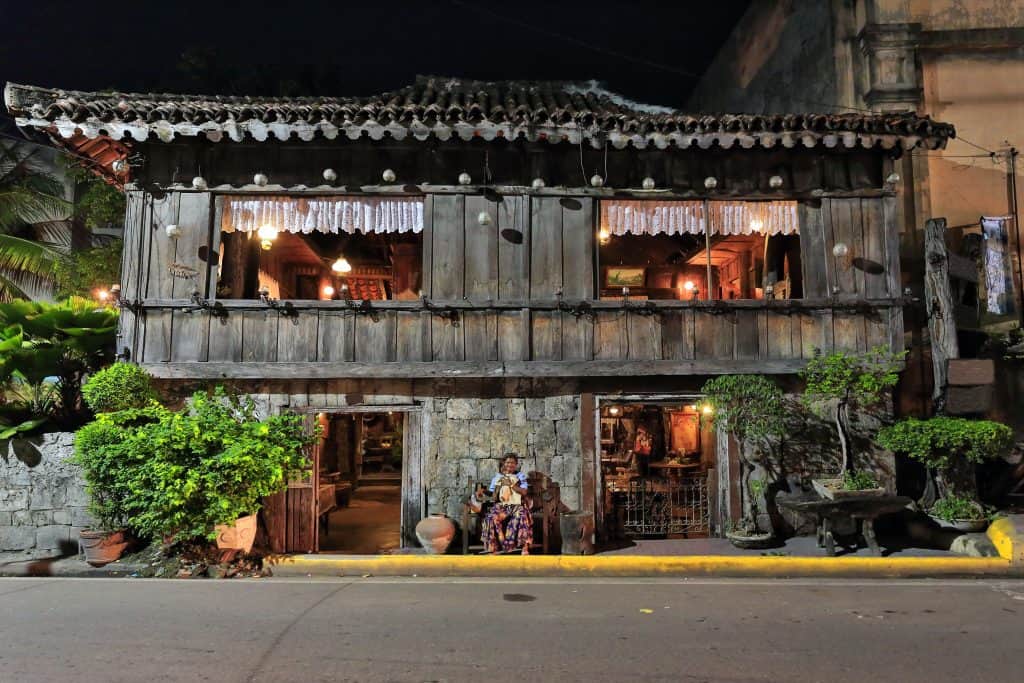
Despite its age, the “Balay nga Bato ug Kahoy” still remains commanding and enchanting as ever. Its secret ingredients? The beautiful coral stones and egg whites that make the walls; and the molave, balayong, and terracotta glue that keep the roof strong.
Inside, the 2-storey structure is adorned with beautiful pieces that will make you travel through time. Period artworks, well-crafted sculptures, antique designs, and native furniture shower the interior with Filipino, Spanish and Chinese influences. Also present are religious icons and images that remind guests of the Yap-Sandiego’s close devotion towards their faith.
The Ancestral House is currently under the supervision of Val Sandiego, the great-great-grandson of Dona Maria Yap-Sandiego and a great supporter of the heritage and the arts. He has vowed to preserve the house for generations to get a glimpse of old Cebu. The House is open to the public with a a small fee of Php 50 (USD 1) per guest.
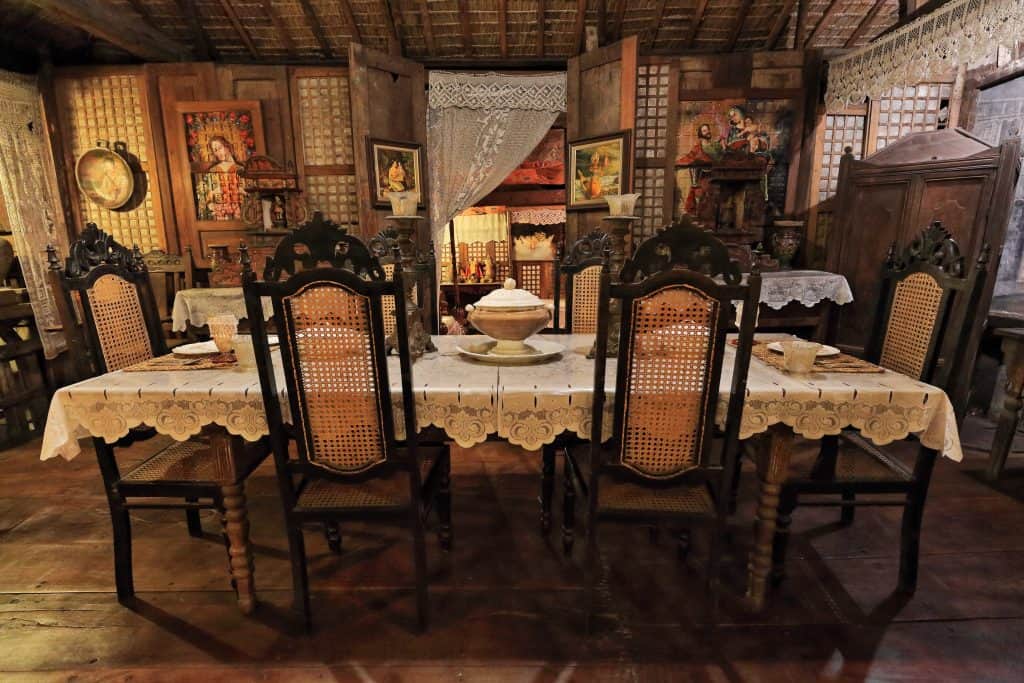
Location: Mabini St, Cebu City, Cebu – VIEWMAP
Hours: Daily from 9 a.m. to 6 p.m.
5. Museo de Sugbo
Located a few blocks from the Yap-Sandiego Ancestral House is the Museo de Sugbo. Museo de Sugbo, or the Cebu Provincial Museum, holds a unique history of its own. Designed by Domingo de Escondrillas (Cebu’s only architect at that time), the structure was built in 1871 as the Carcel de Cebu, or the provincial jail. The carcel was originally intended to be the main prison of the Visayas Island, which would account for the establishment’s large size.
During its 135-year run, the carcel served as prison not only to convicted criminals but also to Katipunero captives. It became a horse stable during the American era. During the Japanese occupation, it once again became prison, until it was formally named as the Cebu Provincial Detention and Rehabilitation Center (CPDRC). The CPDRC has been relocated and in August 2008, the former prison camp was formally inaugurated as a provincial museum.
Today, Museo de Sugbo detains important historical pieces for locals and tourists to admire. It has four galleries, including the presidential gallery with portraits of the Philippine presidents and an archeological gallery with gold and ceramic artifacts of the renowned San Diego shipwreck. End your tour by visiting the wishing Well of Wisdom, Love, and Good Fortune. According to historians, the well provided the water supply for the complex during its carcel era.
Museo de Sugbo charge Php 75 (USD 1.50) per guest for foreigners and Php 30 (USD 0.40) per guest for Filipino visitors.
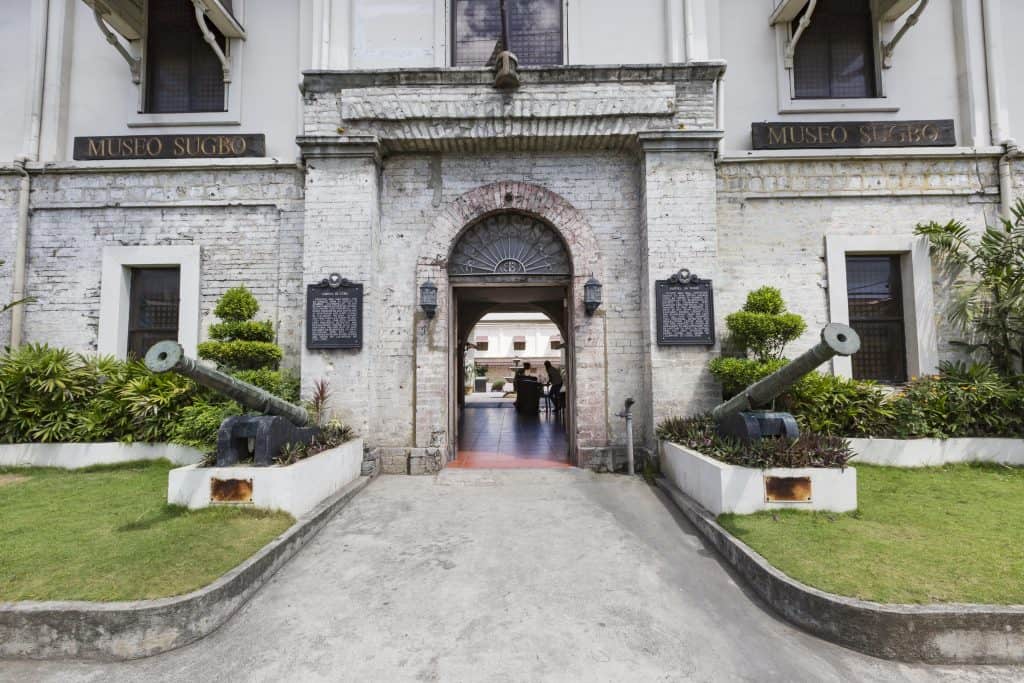
Location: 731 M. J. Cuenco Ave, Cebu City, 6000 Cebu – VIEW MAP
Hours: Mondays to Saturdays from 9 a.m. to 6 p.m.
6. Mactan Shrine
Ride a cab to Lapu-Lapu City and head on to our last stop – the Mactan Shrine! Built to commemorate Philippine’s first battle, the Mactan Shrine is Cebu’s tribute to Datu Lapu-Lapu for defending Cebu from the invading Spaniards, led by Ferdinand Magellan, in the Battle of Mactan that happened on April 27, 1521. To pay homage to both historical figures, the Mactan Shrine holds the Lapu-Lapu Shrine and the Magellan Shrine.
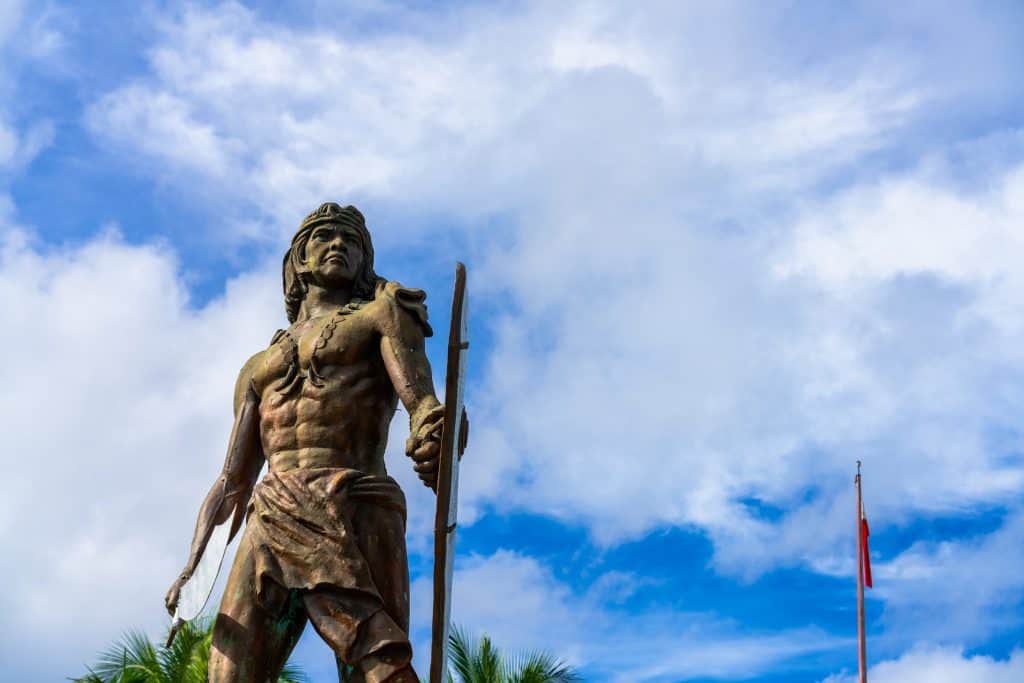
The Lapu-Lapu Shrine has a 20-meter bronze statue of the Datu and is believed to be the exact spot where the battle occurred. To give you an idea of how valuable Lapu-Lapu’s place in history is, he is considered as the first Philippine native to resist foreign invasion – making him the first national hero of the Philippines. How cool is that? Even noteworthy is the fact that Lapu-Lapu and his warriors only used crude weapons of iron swords and bamboo spears to win against the heavily-armed Spanish invaders.
Adjacent to the Lapu-Lapu Shrine is the Magellan Shrine which shelters the Magellan Monument and the Magellan Marker. Built in 1866, the Magellan Monument is a memorial tower that holds different inscriptions on each side, including Magellan’s name in Portuguese. On the other hand, the Magellan Marker is a panoramic painting of the Battle of Mactan that was placed in 1941. The Shrine is located along Punta Engaño Road, Lapu-Lapu City. Entrance is free but donations are welcomed.
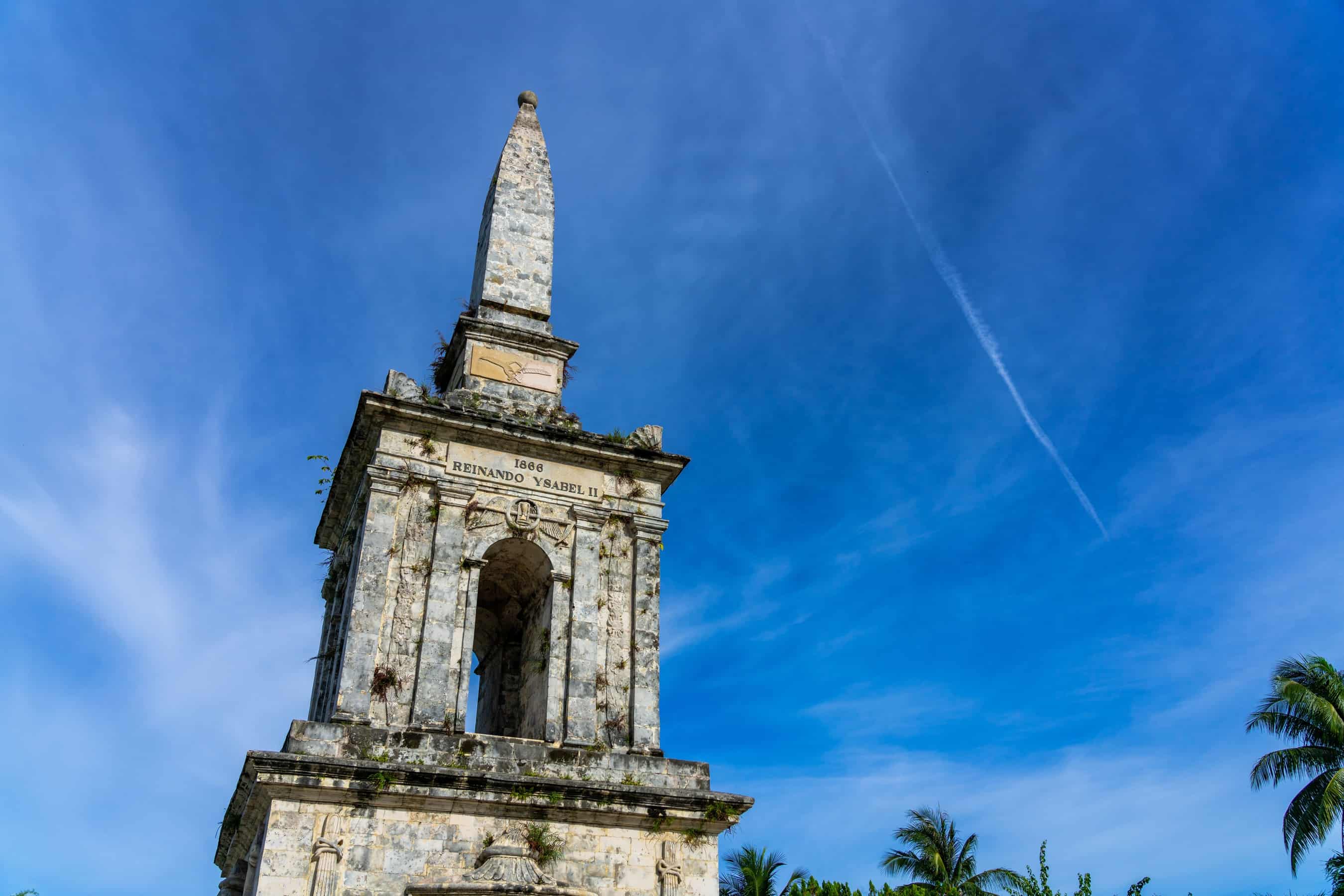
Location: Lapu-Lapu City, Cebu, Philippines – VIEW MAP
Hours: Daily from 8 a.m. to 5 p.m.
After touring the Shine, it’s time to whet your appetite! Check out the nearby seafood restaurants and feast on the freshest catch of the day – or have a quick browse on this food guide to get you started! The souvenir shops also sell unique items, plus, you can haggle!
More Information About Historical Landmarks in Cebu:
Did you find this article helpful? If the history buff in you is craving for more, then we suggest you visit the articles below for more must-see Cebu landmarks!
- 8 Historical Sites in Cebu: Beautiful Proof of Its Splendid Past by ChoosePhilippines
- Must-See Heritage Sites in Cebu! by EverythingCebu
- Best Things To Do In Cebu: Top 10 Cultural Sites To Visit by Trip101
Pin now, Read later
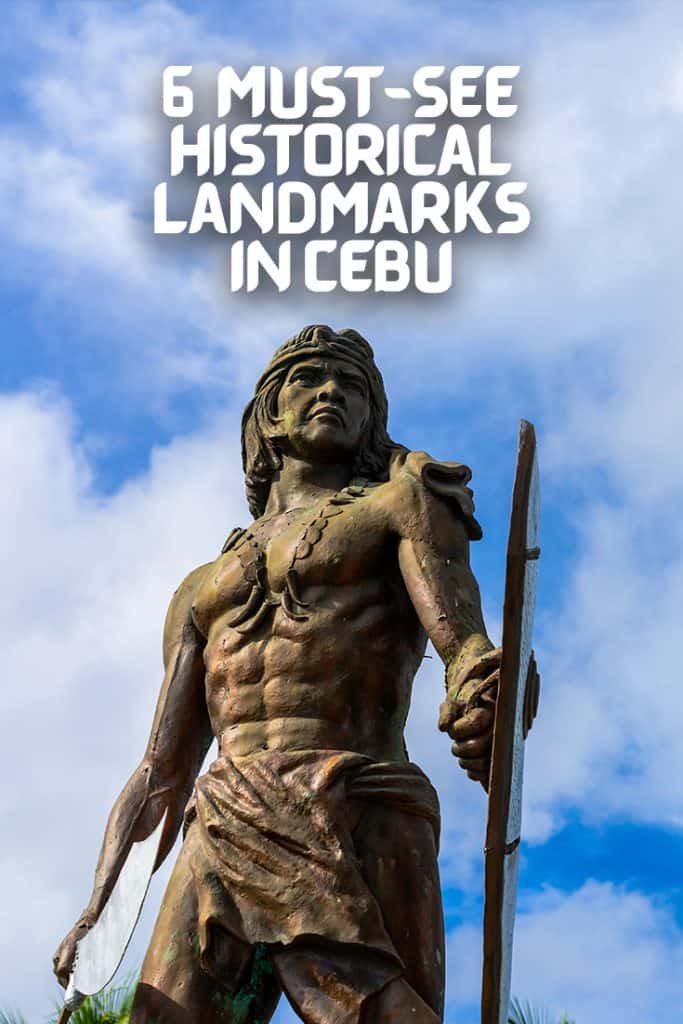
This article was written by Niño Jose B. Gonzales for Mad Monkey Hostels.


